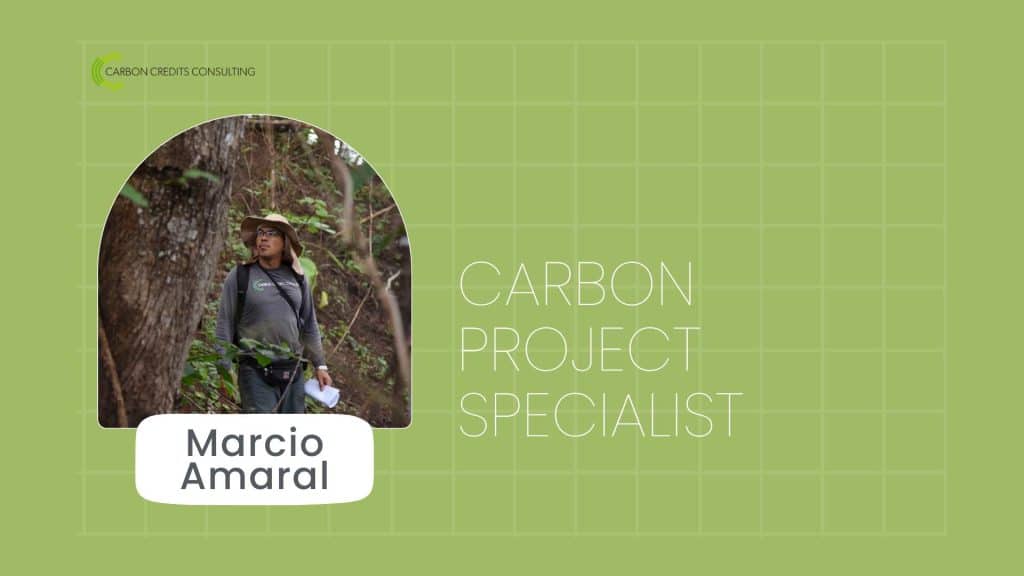The Yungas forest
The Yungas forest, also known as Nuboselva or Selva Tucumano-Oranense, is a unique ecosystem. Located on the eastern edge of the Andes, this mountain forest extends from Venezuela to Argentina, hosting a great variety of flora and fauna.
The topography of the Andes acts as a barrier for the humid clouds coming from the Atlantic, causing numerous precipitations. This phenomenon allows the development of a dense forest cover that extends from the base of the hills to the mountain peaks, reaching altitudes ranging from 400 meters to 3,500 meters above sea level. In other words, the presence of the Andes influences the climate of the region, determining the formation of forests that cover the entire mountainous territory.

As a result, due to the difference in altitude, vegetation grows in very different levels, although the transition between them is subtle and gradual. One of the distinctive features of the Yungas is its four levels of vegetation, known in Spanish as “pisos altitudinales de las yungas“, which reflect the different altitudinal zones present:
- The first level is the Selva Pedemontana, which is located between 400 and 700 meters above sea level. It is one of the most threatened ecosystems in Argentina. Its conservation status is considered critical, as 75% of its original surface has been transformed by the advance of the agricultural frontier and only 1% is protected. Here, trees of various species can be found, including the Salta cedar, oak, cebil colorado, palo blanco, palo amarillo, urundel, pink lapacho, quina colorada, afata tipa colorada, and palo lanza. This area is characterized by a tropical climate with dry and rainy seasons.
- The second level is the Selva Montana, located between 700 and 1500 meters above sea level. Here, the climate is cooler and more humid than the Forest of pedemonte, and the vegetation mainly consists of evergreen trees such as maroma, Iaureles, pocoy, tipa blanca, and horco molle.
- The third level is the Bosque Montano, between 1500 and 3000 meters above sea level, also known as the ecological plane of the “Cloud Forests”. In this area, cloud forests can be found, where the mist provides the necessary moisture for the survival of vegetation. In this level, it is common to find the cerro pine, alisio del cerro, walnut, alberillo, moluto, palo yerba, queñoa, yorura colorada, quirusilla, and the quebrada flower.
- The fourth and last level is that of the Pastizales de Altura, between 1500 and 3500 meters above sea level. Here, rainfall (400-1500 mm per year) is concentrated in summer, and fog is frequent. The characteristic vegetation is grasslands and a great diversity of herbaceous plants, with the former predominating on the wet slopes facing south, and the latter on the slopes facing north or very rocky. The protected gorges have small forests of low trees, particularly queñoa, puscaya, antarco, and pata de gallo.
The Yungas also has great ecological value, as it is one of the most biodiverse ecosystems in Argentina. Over 200 species of trees, 80 species of ferns, over 100 species of mammals, 500 species of birds, and around 30 species of toads and frogs, some of which are endemic, have been identified in this environment.
Unfortunately, the conversion of land for agriculture has seriously endangered this ecoregion.
The Selva de Urundel REDD+ project
The Selva de Urundel REDD+ Project is located in the Selva Pedemontana area and aims to protect and preserve these valuable areas of the Yungas, ensuring the survival of the animal and plant species that inhabit them. The project implements emissions reductions and generates Carbon Credits by reducing deforestation and forest cover loss. This is done through the implementation of various activities, including:
- Fire prevention and control;
- Control of illegal activities such as hunting, logging, and grazing;
- Training and strengthening of local communities’ knowledge of sustainable forest management;
- Cooperation with various institutions to promote alternative activities in the project area, such as ecotourism and scientific research.

Overall, over a 30-year period, the project will bring significant benefits for mitigating climate change by reducing emissions of 9,607,889.8 tons of CO2eq and protecting 46,943 hectares of forest.
How companies can contribute to the protection of Yungas
Companies can significantly contribute to the protection of the Yungas by adopting an environmental sustainability strategy that includes compensating for irreducible emissions through certified carbon credits from the Selva de Urundel project.
In this way, in addition to achieving Carbon Neutral/Net Zero status, companies can also contribute to the implementation of the project and the safeguarding of the environment in the Yungas ecoregion, promoting the development of new activities or services for local communities.
The purchase of carbon credits is, therefore, an effective option for companies wishing to reduce the impact of their activities on the environment and participate in the fight against climate change, while also promoting the protection of forests and local communities.








